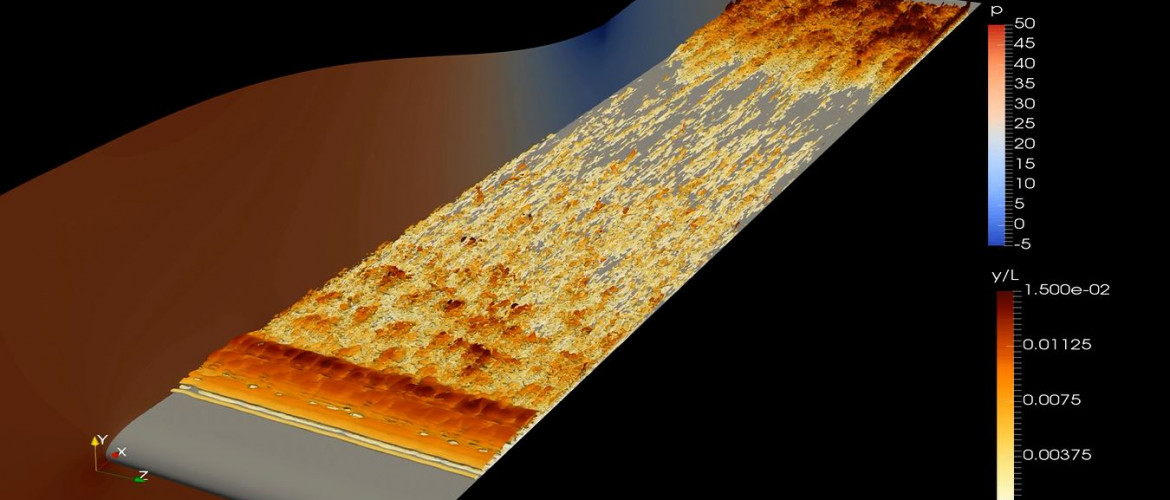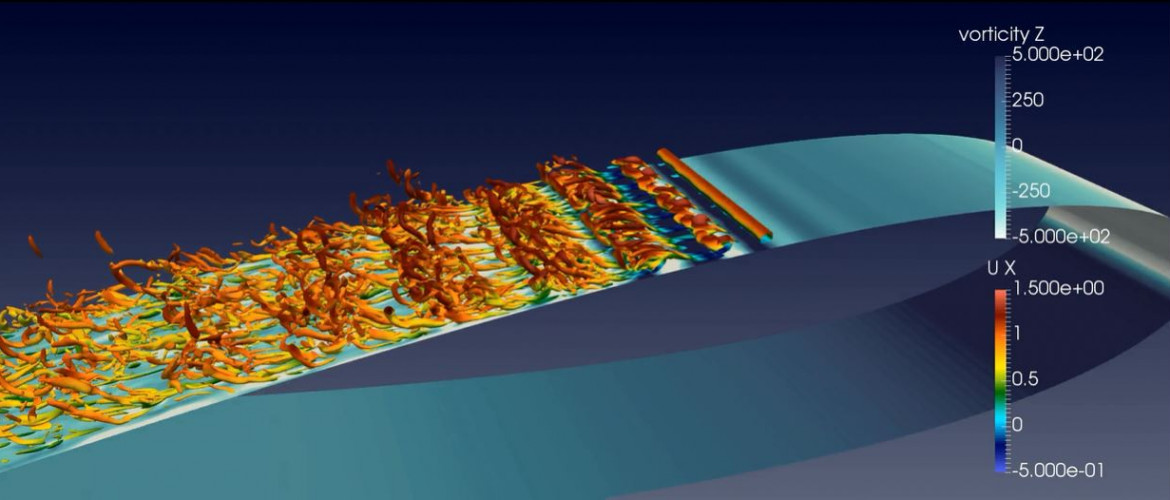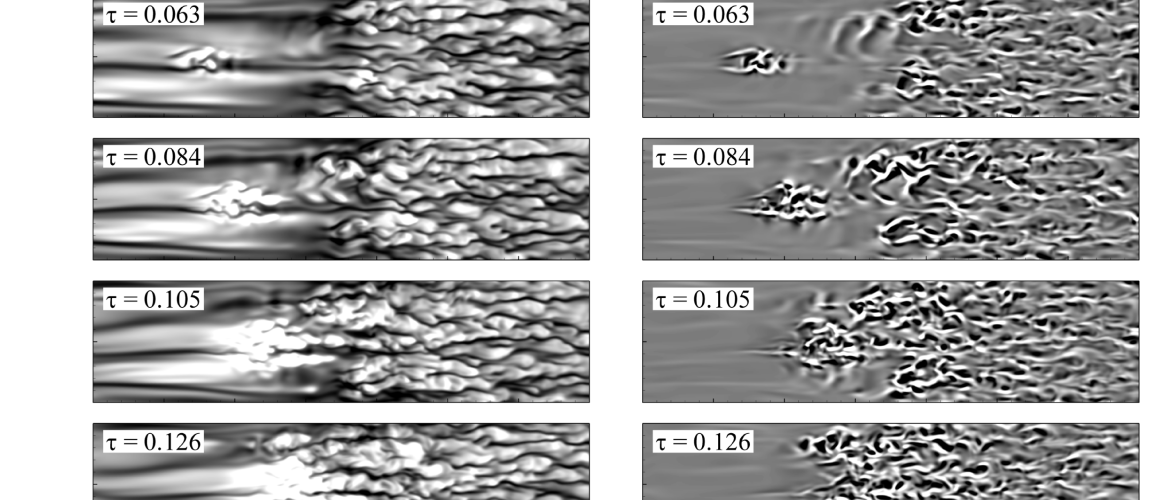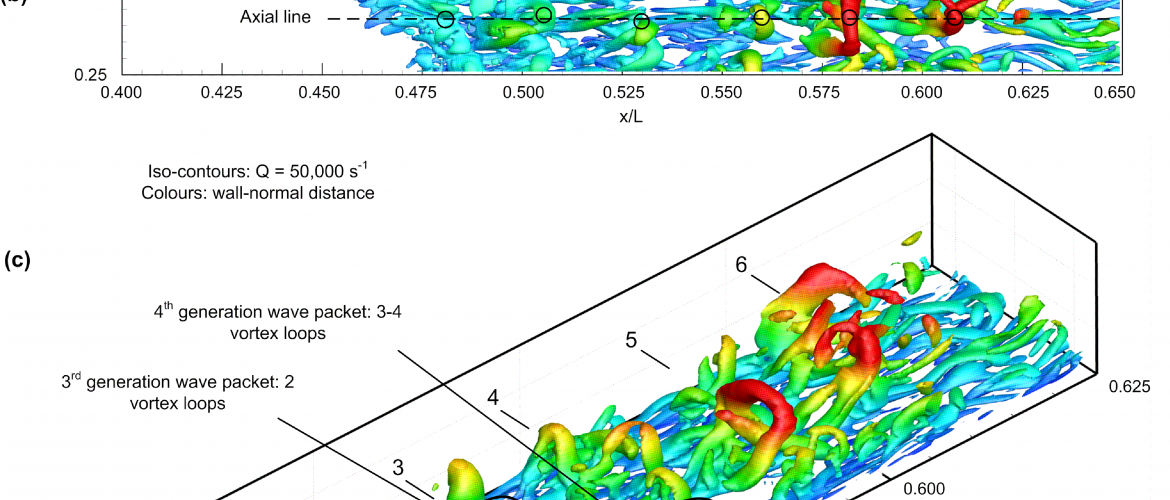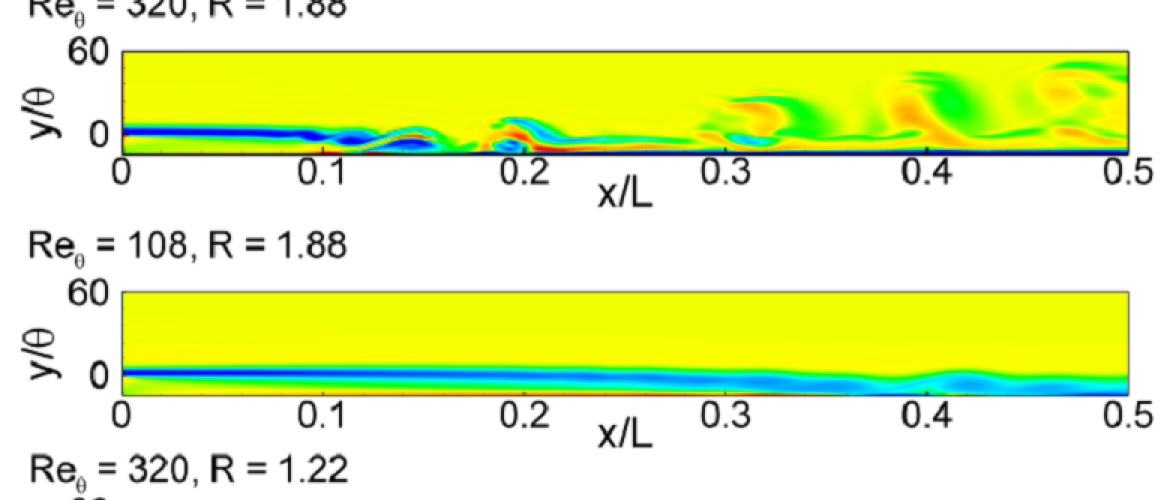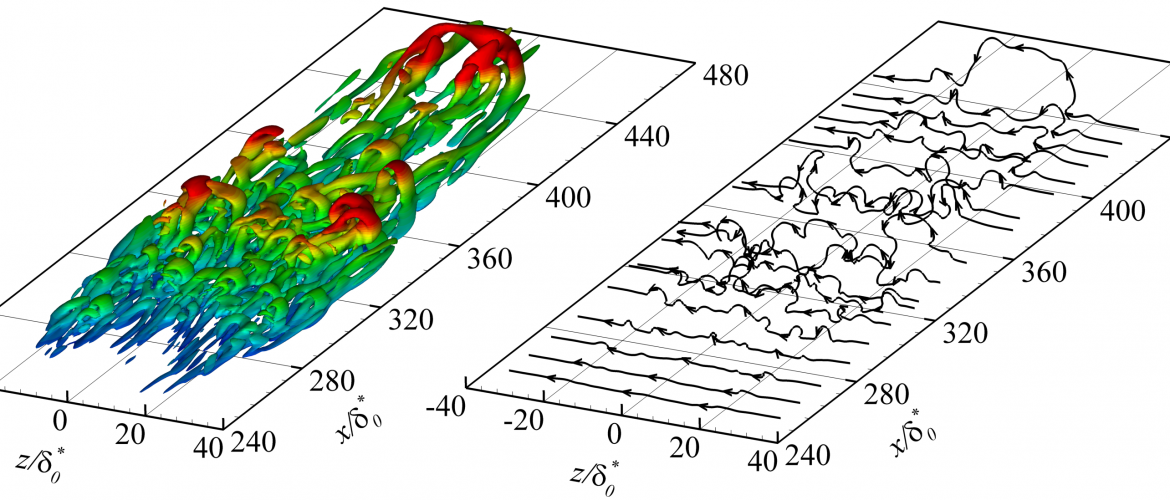The UBC-Okanagan Computational Fluid Dynamics (CFD) Laboratory has a focus on performing computational research on fundamental questions in fluid mechanics. The primary research focus is on how flow instabilities, transition, and turbulence affects the performance and efficiency of the turbomachinery equipment used in the aerospace, nuclear, and energy industries. I am further interested in the simulation of multiphase turbulent flows, wind energy systems, compressed and liquefied natural gas (CNG and LNG) systems, hydrogen storage, hydrogen blending and safety, and buildings employing passive ventilation technologies.
